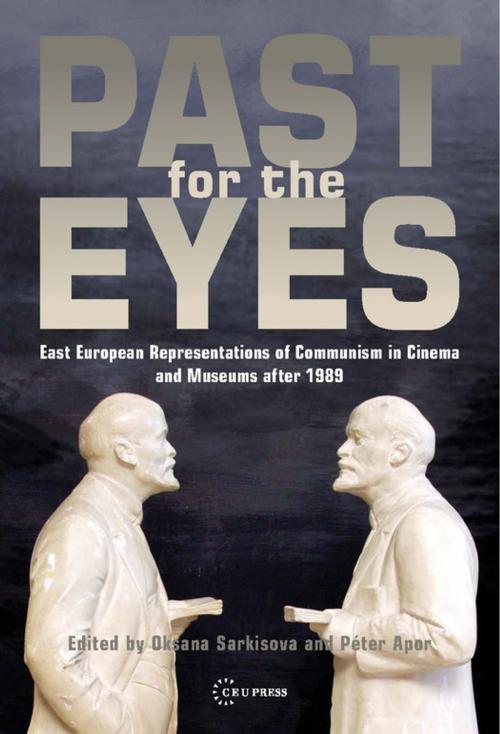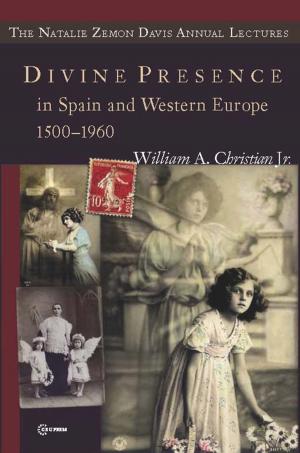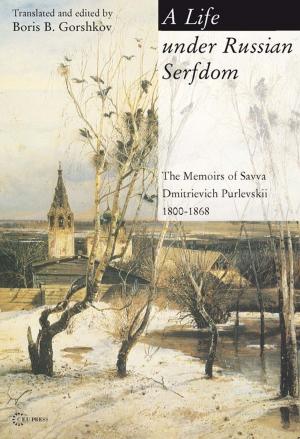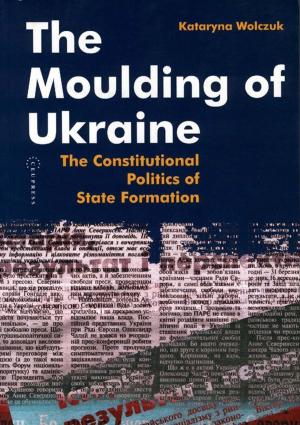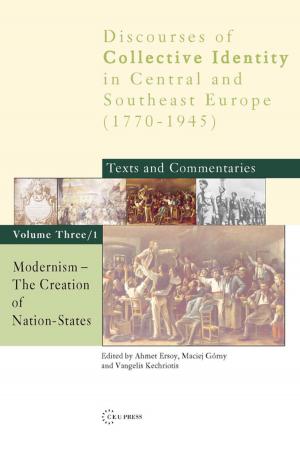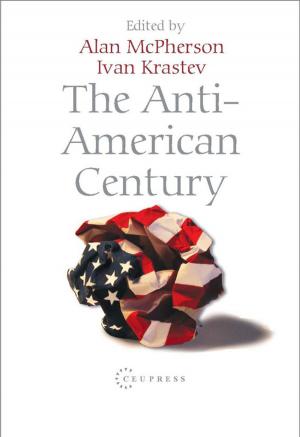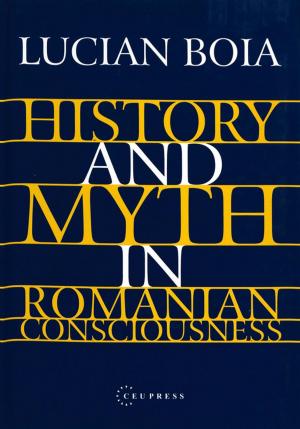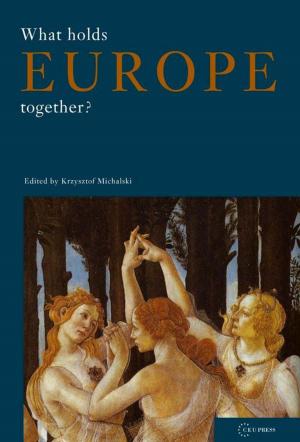Past for the Eyes
East European Representations of Communism in Cinema and Museums after 1989
Nonfiction, Entertainment, Film, History & Criticism, Performing Arts| Author: | Oksana Sarkisova, Péter Apor | ISBN: | 9786155211430 |
| Publisher: | Central European University Press | Publication: | January 23, 2013 |
| Imprint: | Central European University Press | Language: | English |
| Author: | Oksana Sarkisova, Péter Apor |
| ISBN: | 9786155211430 |
| Publisher: | Central European University Press |
| Publication: | January 23, 2013 |
| Imprint: | Central European University Press |
| Language: | English |
How do museums and cinema shape the image of the Communist past in today’s Central and Eastern Europe? This volume is the first systematic analysis of how visual techniques are used to understand and put into context the former regimes. After history “ended” in the Eastern Bloc in 1989, museums and other memorials mushroomed all over the region. These efforts tried both to explain the meaning of this lost history, as well as to shape public opinion on their society’s shared post-war heritage. Museums and films made political use of recollections of the recent past, and employed selected museum, memorial, and media tools and tactics to make its political intent historically credible. Thirteen essays from scholars around the region take a fresh look at the subject as they address the strategies of fashioning popular perceptions of the recent past. "Books on the CEE transformations that deal with media and popular cultures should be welcomed. Past for the Eyes belongs to this extraordinary breed. The book is devoted to the visual representations of the socialist / communist past and the forms they took. The interconnected processes of visualization of the past, and the collective memory sedimentation are the main focus. The book brings together perspectives of linked but still distinctive ways of enquiry: visual studies, cultural studies, area studies, museum studies and contemporary history with its passion for ethnography and oral evidence.
How do museums and cinema shape the image of the Communist past in today’s Central and Eastern Europe? This volume is the first systematic analysis of how visual techniques are used to understand and put into context the former regimes. After history “ended” in the Eastern Bloc in 1989, museums and other memorials mushroomed all over the region. These efforts tried both to explain the meaning of this lost history, as well as to shape public opinion on their society’s shared post-war heritage. Museums and films made political use of recollections of the recent past, and employed selected museum, memorial, and media tools and tactics to make its political intent historically credible. Thirteen essays from scholars around the region take a fresh look at the subject as they address the strategies of fashioning popular perceptions of the recent past. "Books on the CEE transformations that deal with media and popular cultures should be welcomed. Past for the Eyes belongs to this extraordinary breed. The book is devoted to the visual representations of the socialist / communist past and the forms they took. The interconnected processes of visualization of the past, and the collective memory sedimentation are the main focus. The book brings together perspectives of linked but still distinctive ways of enquiry: visual studies, cultural studies, area studies, museum studies and contemporary history with its passion for ethnography and oral evidence.
